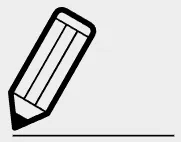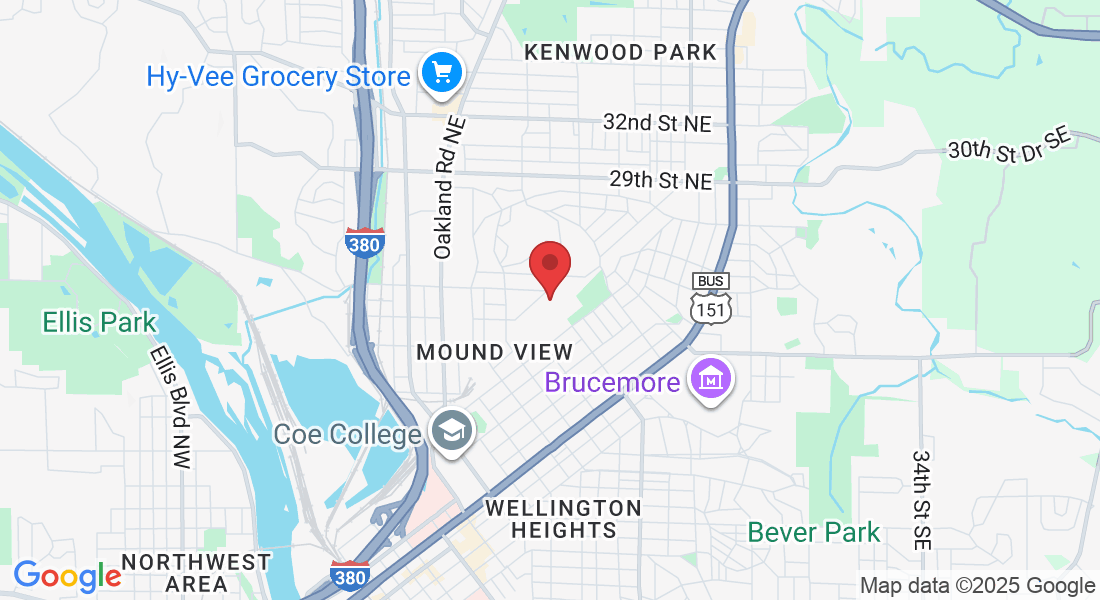98 years of custom fabrication
COMBINED EXPERIENCE
Discuss Your Custom Fabrication Needs
98 years of custom fabrication
COMBINED EXPERIENCE
Discuss Your Custom Fabrication Needs
Optimized & Industry-Ready Customized Solutions
For All Your Needs
At JW Bell Fabrication we use the latest technology in Solidworks 3D design to make sure you’re idea comes to life just how you imagined.
Our sales team and engineers work directly with you to ensure that your build meets the highest quality standards and functions to your expectations.
Our Custom Fabrication Services
In the field, you require the strongest and best steel to get the job done.
We have built a reputation in the industry, which means we only provide the best of the best. That’s why we’re known as the best custom fabricators for aggregate processing in Iowa.
Our experience includes designing, engineering, and fabricating shakers and rock crushers. Our designs ensure that you are getting the strongest possible shakers and rock crushers, so you can get the job done.
Aggregate Processing Machine must be able to handle any job, including reducing large rocks or slabs to smaller rocks, gravel and rock dust. These crushers must be able to reduce the size, change the form of the rocks, and make waste easier for you at the end of the day.

FABRICATION/
WELDING
JW Bell Fabrication has the ability to custom fabricate a wide variety of products in carbon steel, stainless steel, and other alloys.

ASSEMBLY
JW Bell Fabrication is a heavy duty industrial equipment supplier.
We are able to bring the same design/build elements to your project. We are able to provide turn-key products or single run parts, whatever fits your need.

DESIGN
Our in-house engineering department provides full support to the production team. Whether you have engineering drawings ready to build from or need our help to make your idea a reality, our engineering department can use the latest in CAD software to make that happen.
From Paper to Production
YOU COME TO US WITH AN IDEA
Whether you’ve made a basic hand drawing, or just have an idea in your head, we sit down and go through what you are looking to do.
WE DRAW IT ON SOLIDWORKS
Our skilled engineers start with a basic 2D or 3D layout of your future equipment. At this point we can go over dimensions and make sure our ideas meet your expectations. By utilizing the latest Solidworks 3D software we can show you your new machine from any angle ensuring that it meets your expectations.
AND BUILD IT OUT OF STEEL
Our new facility is equipped with the machinery required to build the toughest machinery in use today. With 35 cranes, a machining center, fabrication, cutting and shaping as well as in-house blasting and painting we are able to provide a start-to-finish product to your desires.
JW Bell Fabrication has extensive experience fabricating and machining quality parts and assemblies that are used in our crushing and pulverizing equipment. Whether you are looking for new parts for an existing machine or repair of damaged or worn out parts, we can help.
Our ability to rapidly respond to customer needs, whether for new machines or other aftermarket parts, is a sense of pride that we don’t take lightly.
High precision and top performance
LEADING PAINT BOOTH SPECIALISTS
Our employees are skilled at applying a variety of protective coatings and linings, they have extensive experience in commercial and industrial painting and media blasting.
Industrial Painting
Abrasive Blasting
Sand Blasting
Coatings
Why Work With JW Bell Fabrication?
Over the years, JWBell has successfully completed thousands of fabrication projects relating to aggregate equipment, including retrofits, new aggregate production plant installations as well as railcar and barge loading/unloading of aggregate conveyor systems.
We are dedicated to building a team of highly skilled operators who can take raw materials, turn them into usable products, and deliver them to market efficiently and effectively. Our team will be with you every step of the way, providing complete aggregate solutions that match your application.
Make the most of JW Bell's Custom Fabrication experience and let us build you the right system.
Count on Us for Your
Custom Fabrication Needs
With over 90 years in the aggregate business, you can be assured that we strive for customer satisfaction.
Every piece of equipment we sell or manufacture comes standard with a warranty and help is only a phone call away.
Our service team has over 100 years of combined experience working on equipment of all types.
Call Us To Discuss Your Custom Fabrication Needs
Contact US
JW Bell Custom Fabrication
1755 I Ave NE Suite F
Cedar Rapids, IA 52402


